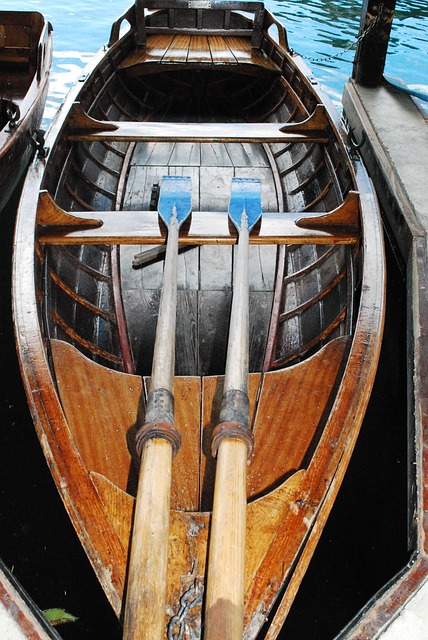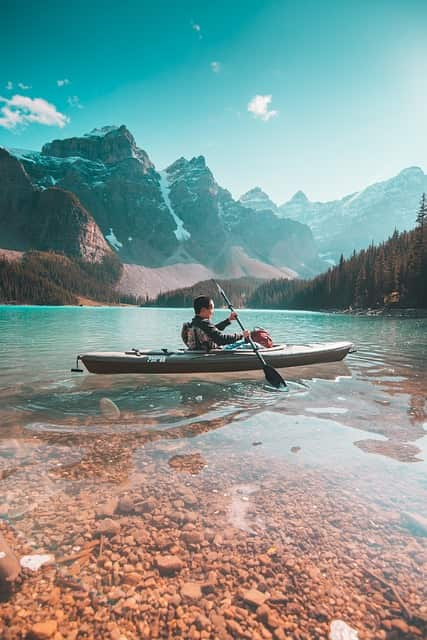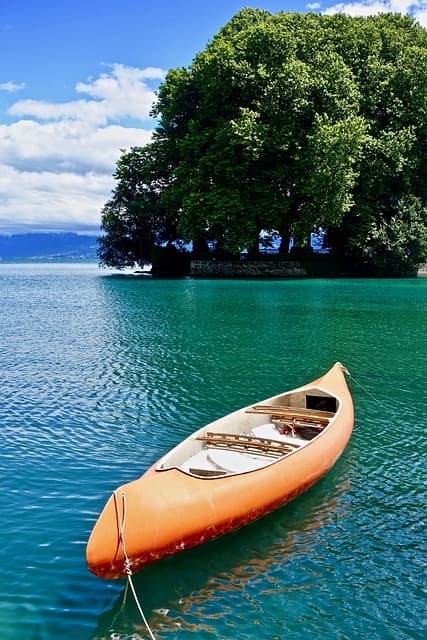Canoeing enthusiasts often seek ways to enhance stability for various activities like fishing, hunting, or traveling with young children. While there are numerous options available, many of them involve creating custom systems, which can be time-consuming and require specialized skills. In this guide, we delve into the world of DIY canoe stabilizers, offering an in-depth comparison of materials, reliability, and the ultimate solution for achieving superior stability.
Factors Affecting Canoe Stability
To maximize stability, it’s essential to understand the key factors that contribute to a canoe’s stability. Factors such as the shape, width, and rocker play a significant role. A canoe designed for stability typically features a flat bottom, a width of around 35 inches or wider, a keel, and a minimal rocker. By optimizing these factors, you create the most stable canoe possible.
The Search for Stability: DIY Options
For canoeists who desire stability but prefer not to invest in multiple canoes for different purposes, DIY stabilizers offer an attractive solution. However, it’s crucial to recognize the challenges and limitations associated with crafting your own stabilizer system.
Challenges of DIY Stabilizers
- Design Compromises: Homemade stabilizers often involve aesthetic, efficiency, and effectiveness compromises due to design limitations;
- Weight and Bulk: Adding weight and bulk to your canoe can hinder portaging, making it challenging to transport the canoe over land;
- Aesthetics: DIY stabilizers can lack the visual appeal of professionally designed solutions, impacting the overall appearance of your canoe;
- Adjustability: Many homemade systems lack sufficient adjustability, affecting aspects like ease of docking, paddling obstruction, and overall performance.

The Ultimate Solution: Spring Creek Canoe Stabilizing System
After extensive research, the Spring Creek Canoe Stabilizing System stands out as an exceptional option for stabilizing canoes. This system provides a balance between efficiency, design, and customization, eliminating the need for complex DIY solutions.
Features and Advantages:
- Hydrodynamic Design: Crafted from durable Polyethylene plastic, the canoe-shaped floats are designed to cut through the water, minimizing drag;
- Customizable: Available with different receiver arm sizes to fit your specific canoe dimensions;
- Easy Adjustment: Incorporates locking cam lever arms for simple and secure adjustments;
- Two-Plane Adjustability: Offers adjustment options for both raising/lowering and horizontal distance from the canoe;
- Sturdy Build: Designed for longevity, the stabilizer system is built to withstand the rigors of canoeing;
- Visual Appeal: The system’s aesthetically pleasing design enhances the canoe’s overall appearance.
Comparison Table: Materials and Reliability
For your convenience, we have prepared a table for you to choose what you like.
| Stabilizer Type | Materials | Reliability |
|---|---|---|
| DIY Stabilizers | Variable (2×4, foam, twine, etc.) | Mixed performance, potential design flaws |
| Spring Creek System | Polyethylene plastic, metal | Reliable, efficient, and professionally designed |
DIY Video
For your convenience, we have prepared for you a video on how to properly stabilize a canoe.
Conclusion
While the allure of DIY canoe stabilizers is evident, the practicality of a professionally designed solution cannot be understated. The Spring Creek Canoe Stabilizing System offers unparalleled reliability, customization, and efficiency. By investing in a well-designed stabilizer system, you can enjoy a stable and enjoyable canoeing experience without compromising on aesthetics or performance.
Remember, the quest for stability is a fundamental aspect of canoeing, and with the right stabilizer system, you can confidently navigate waters with enhanced stability, ensuring both safety and enjoyment on every adventure.
FAQ
Canoe stability is influenced by factors such as its shape, width, and rocker. A canoe with a flat bottom, a width of around 35 inches or wider, a keel, and a minimal rocker tends to be more stable.
Absolutely! DIY stabilizers are an option, but they often come with compromises in terms of aesthetics, efficiency, and overall performance. Creating an effective and reliable stabilizer system can be challenging and time-consuming.
Spring Creek Canoe Stabilizing System offers a professionally designed solution with advantages like hydrodynamic design, adjustable features, and overall sturdiness. DIY options may lack these benefits and could have design flaws.
While some DIY stabilizers can work reasonably well, achieving the same level of effectiveness, efficiency, and reliability as a professionally designed system is challenging. Professionally designed systems are engineered for optimal performance.



